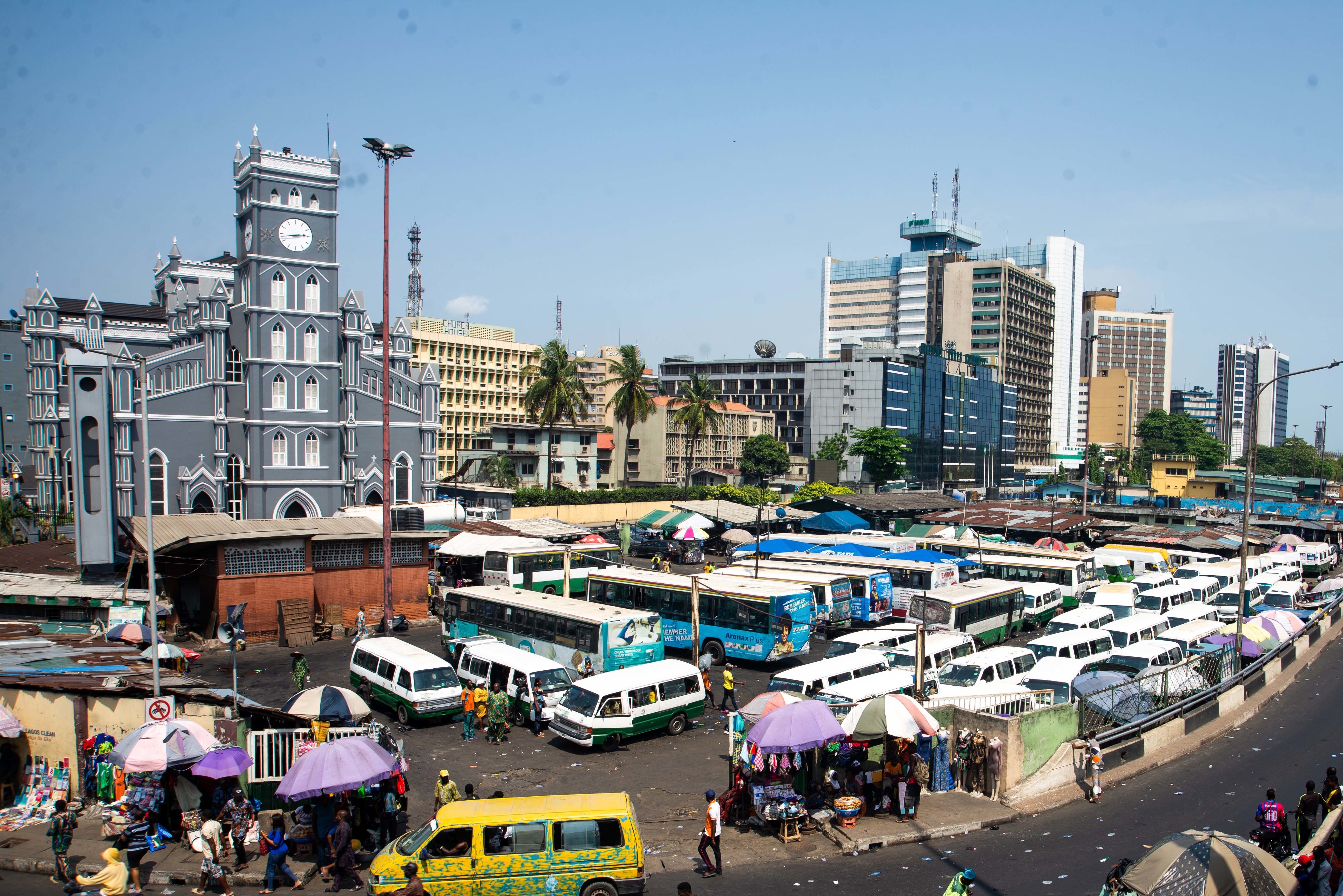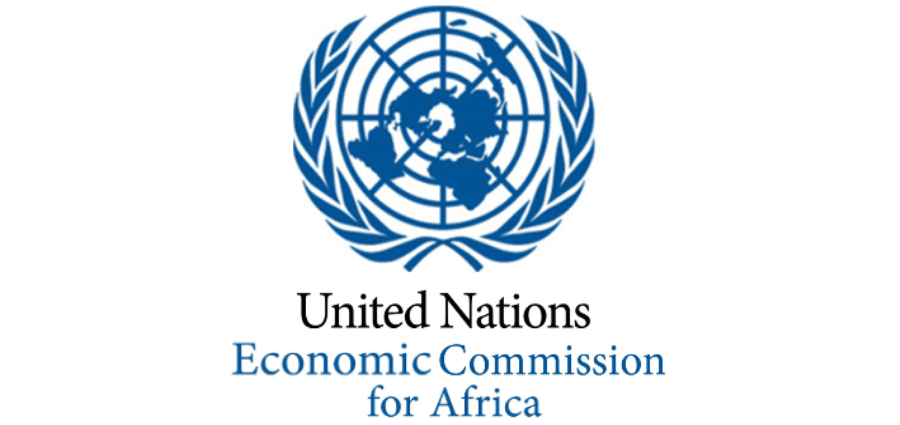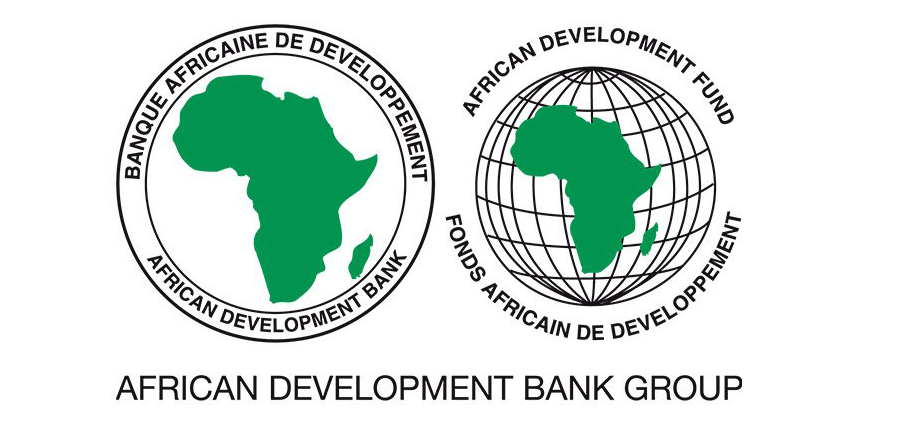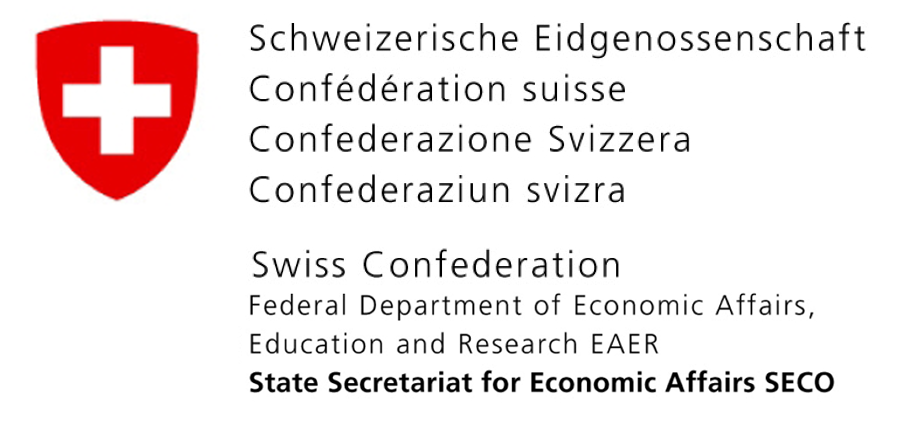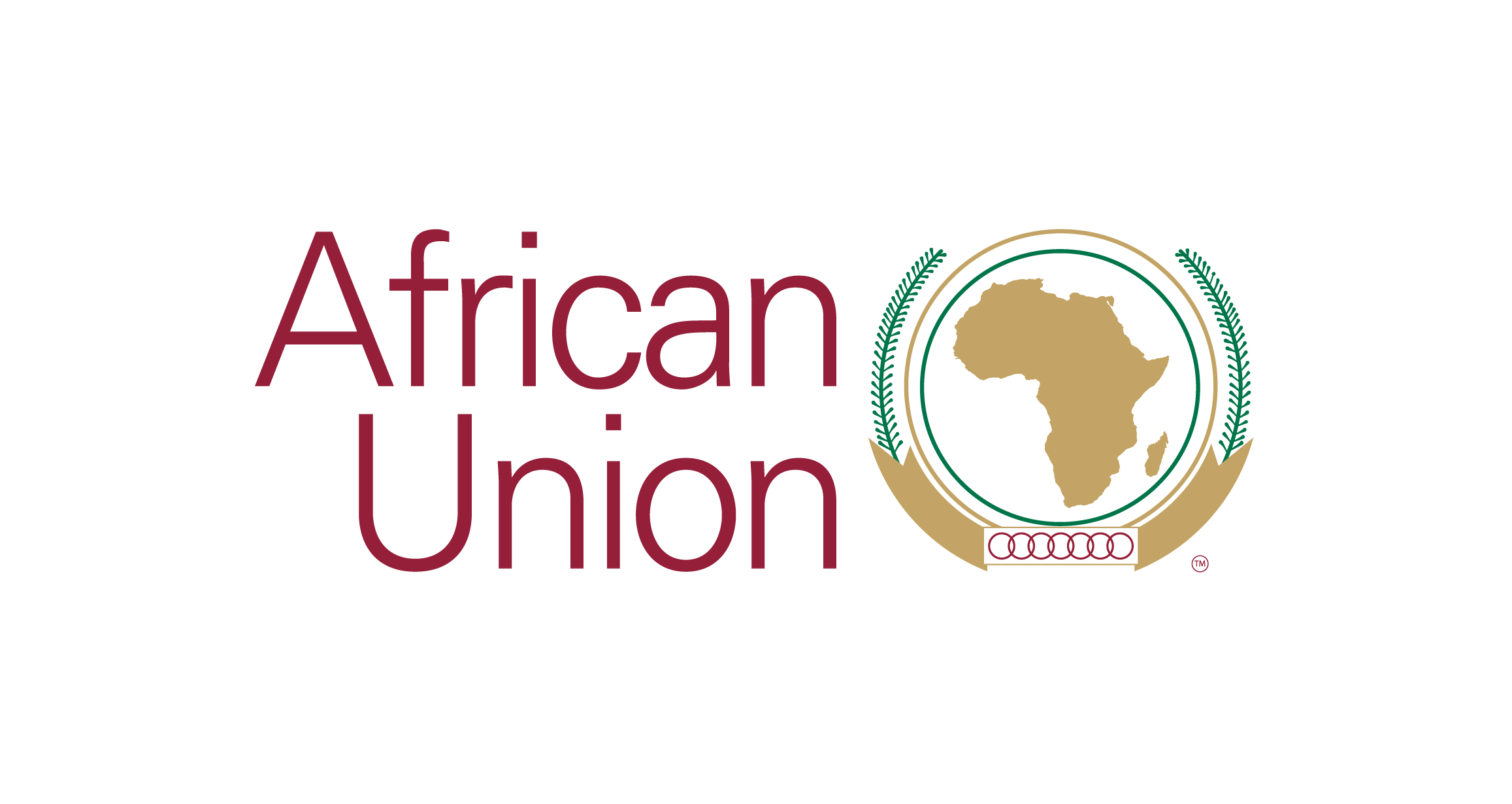Beyond electric vehicles, what will it take to decarbonize the transport sector in Africa?
Written by Simon Saddier
At COP 27, world leaders recognized transport as one of the key sectors to decarbonize under the Breakthrough Agenda. Accounting for more than 20% of global energy-related direct CO2 emissions, of all sectors, transport has the highest level of reliance on fossil fuels which supply about 95% of its final energy demand. Road transport, in particular, accounts for around 6 GtCO2e, or around 10% of total global emissions. Decarbonizing the sector is therefore critical to reach net-zero emissions by 2050.
With recent progress in vehicle and battery development, electric vehicles (EVs) are now at the center stage of the transport decarbonization narrative. EVs are more energy-efficient and cheaper to operate than internal combustion engine (ICE) vehicles. They don’t produce any tailpipe emissions and emit much less greenhouse gas (GHG) during their operation – when charging from a relatively clean power grid. While vehicle and battery manufacturing do produce GHG emissions, lifecycle analyses show that EVs emit less GHG than ICE vehicles over time (around 60% in Europe and the USA, but 19% to 45% in India and China). On the African continent, these gains are likely to be limited because the energy generation mix is heavily dependent on fossil fuels. In many African countries, a massive shift to EVs would also put a heavy strain on limited electricity production and distribution capacities. Finally, the adoption of EVs will not cancel the many other negative externalities associated with motorized transport such as congestion, road crashes, non-tailpipe emissions, etc.
Paratransit is the dominant public transport mode in many African cities and its modernization and integration in a well-organized public transport system is critical to decarbonizing urban mobility. This cannot be achieved through a shift in technology alone. While the electrification of motorized vehicles is part and parcel of the solutions needed to decarbonize the sector, broader efforts must be made to improve mobility and accessibility using a variety of well-documented approaches. The classic theoretical framework applied to reducing emissions in the transport sector is the Avoid-Shift-Improve (ASI) framework:
- “Avoid” refers to measures aimed at reducing the need to travel, for instance through better urban planning (bringing jobs and services closer to people) or cancelling the need to travel altogether (as illustrated by the recent uptake in remote work). No matter the technology, the least polluting trip is always the one that is not taken. With the population of African cities growing rapidly, controlling urban sprawl is a powerful lever to cut GHG emissions. The development of reasonably dense, compact, and mixed-use neighborhoods has the potential to limit travel needs by minimizing distances between jobs and workers, markets and shoppers, and schools and pupils – all while fostering more livable cities.
- “Shift” refers to actions aiming to transfer part of the travel demand from individual motorized modes of transport to collectives or active modes (e.g. getting car users to adopt public transport, or better yet, walking and cycling). In the African context, achieving the proverbial “mode shift” called for by transport planners might be elusive as private vehicle ownership is already quite low by international standards. Rather, the objective is to develop alternative paths to the seemingly inevitable rise of individual motorization. The development of mass transit solutions – and the improvement of existing forms of public transport – should, therefore, constitute priorities to mitigate emissions in African cities.
- “Improve” refers to actions that aim to optimize the use of existing transport systems, services, and infrastructure. For instance, using the road network more efficiently through traffic management measures (such as intelligent traffic lights or dedicated lanes) can lead to a reduction in emissions from engines idling in traffic. This category of measures also covers technological improvements, such as the adoption of cleaner fuels or more efficient vehicles (including, but not limited to, EVs). In Africa, modernizing the fleet of public and private vehicles could result in significant improvements in fuel efficiency – and therefore, in emissions levels.
Acknowledging the specificities of the African context, SSATP complemented the original ASI framework with a fourth action pillar: “Enable.” It refers to the overarching need for adequate governance – through institutions, laws, financing arrangements, etc. – as a precondition for the implementation of other types of measures. Developing adequate planning, regulatory, and financial capacities, in particular, is critical for enabling the public sector to devise and implement effective decarbonization policies. This group of actions includes a wide range of interventions, ranging from training and human resources development to the establishment of sound licensing regimes and metropolitan transport authorities to manage urban mobility at a relevant scale, for example. Because these are prerequisites that make the actions contained under the other pillars possible, we put “Enable” first, thereby converting ASI into the EASI policy framework guiding sustainable urban mobility and accessibility reforms in Africa.
Using the EASI framework to guide the decarbonization of transport in African cities presents the advantage of tackling mobility and accessibility issues in addition to reducing GHG emissions. As the electrification agenda receives a lot of attention globally, we should be reminded that EVs will not solve congestion problems, long travel distances, and lack of access to public transport, among others. To effectively decarbonize the urban mobility sector, we cannot replace the fundamentals of sound transport planning with a technological solution. Rather, these fundamentals need to be leveraged to capitalize on their climate benefits while making cities more livable and inclusive for all.
